Pre-Race Equipment Prep: Checklist & Tips
With the road racing season well underway, many of you have probably already pinned on a number and unleashed some of your hard-earned fitness in a bike race, maybe even several. I would bet many of you also have upcoming target events, to which you’ve already dedicated hours of Trainer Road workouts, scary volumes of sweat and painful investments of quad-burning torque. You’ve got a plan to prepare your body, but what about a plan to prepare the other half of your racing machine?
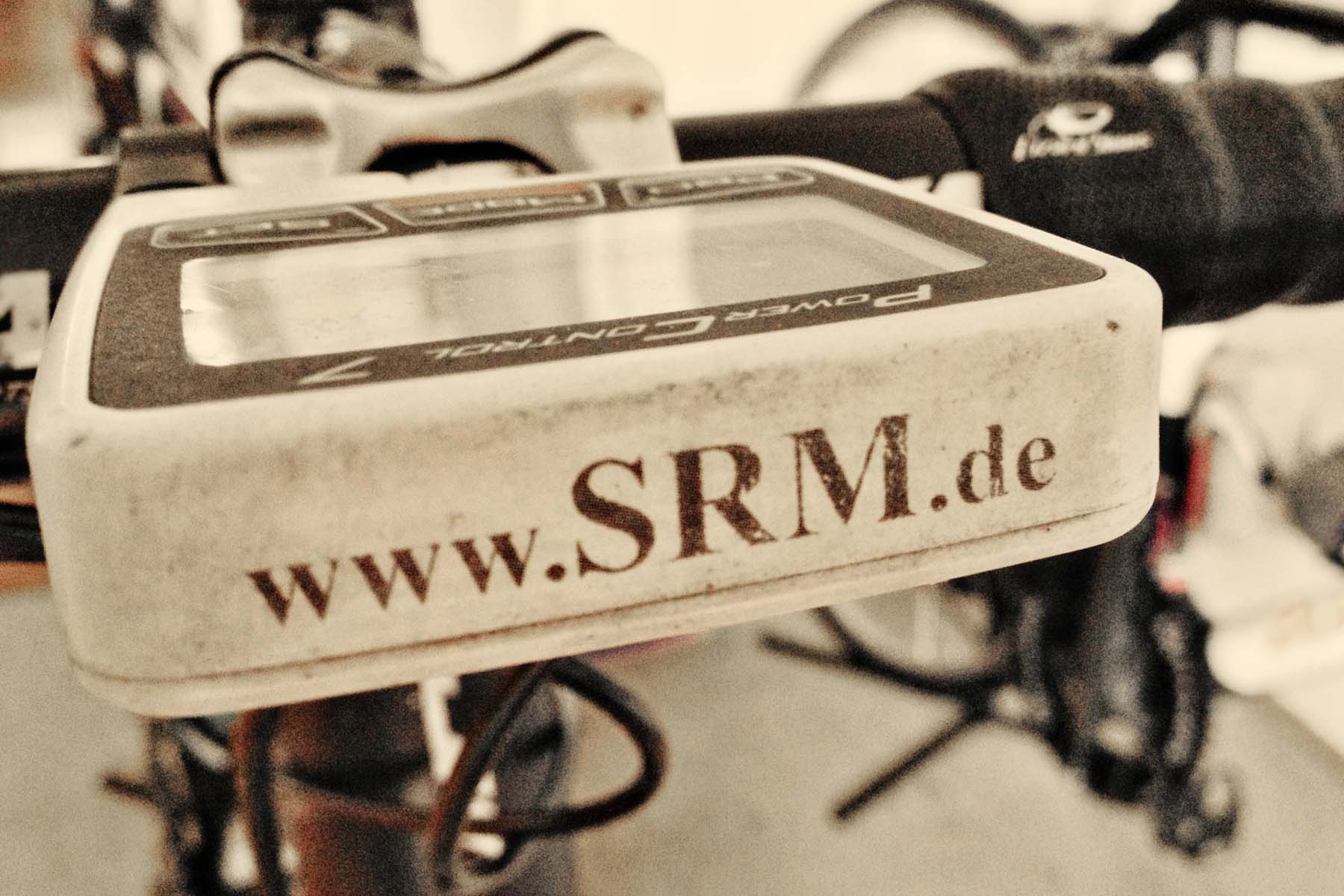
I raced US Pro Championships in Chattanooga, Tennessee a couple weeks ago. For most races, our team staff handles logistics and manages equipment, and the athletes focus on mental and physical preparation for the race. Because our team is based in Europe, however, for US Pro Champs the responsibility for everything fell to us, the athletes. With the additional jobs of manager, director, mechanic and soigneur, our pre-race to-do lists grew considerably longer than usual. Over the years, I’ve developed a good system for handling pre-race logistics and equipment management. Moreover, I firmly believe all athletes, whether or not they have the support of a professional staff, should be capable of managing these responsibilities, especially when it comes to the preparation of race equipment.
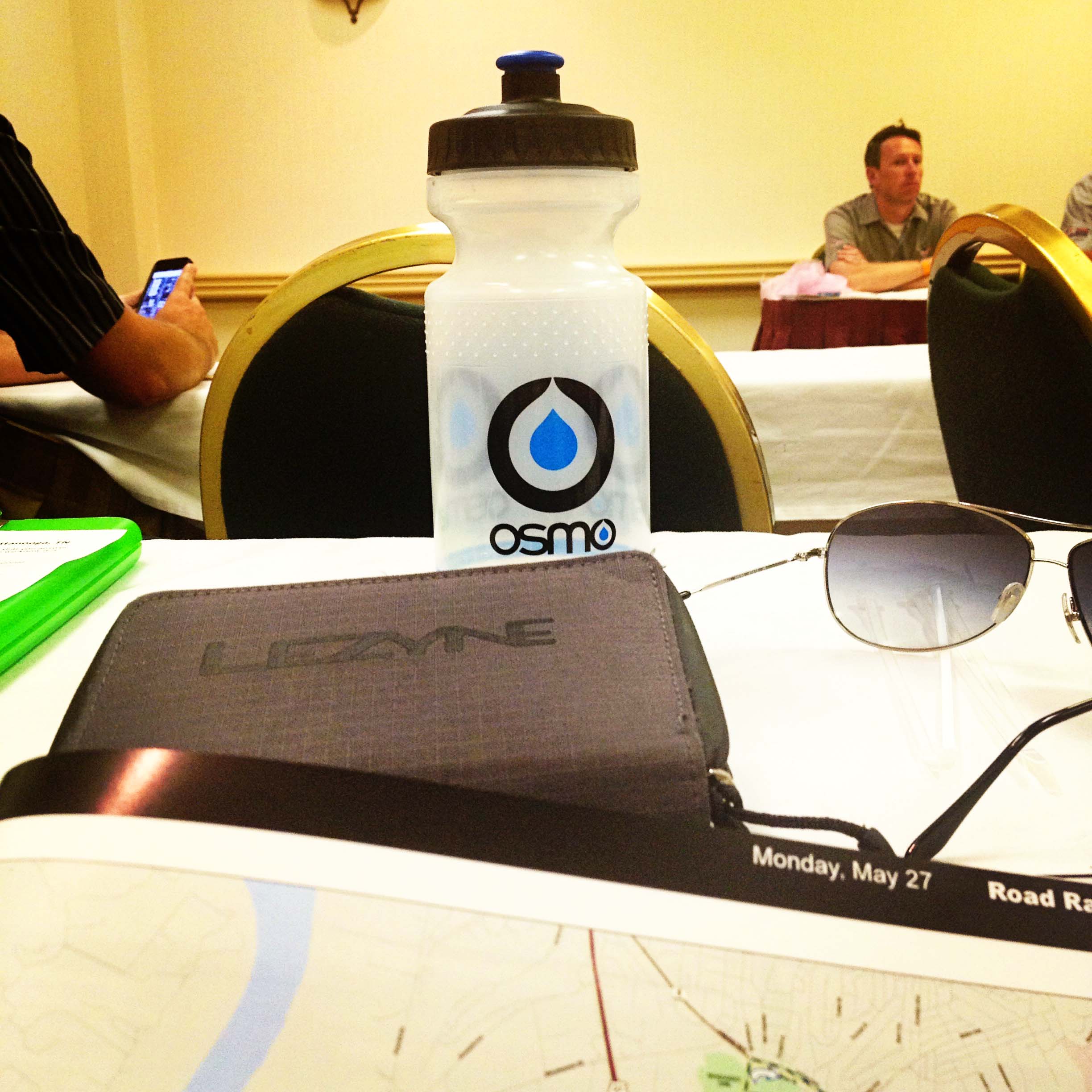
You invest the hours and effort to prepare your body for the race. Why not also do everything within your power to ensure your performance isn’t affected by an avoidable mechanical or unnecessary friction from a dirty chain? You are responsible for yourself, and that includes your equipment. Even though I trust our team’s professional staff and know that our mechanics take our safety seriously, they don’t personally rely on the safety of the equipment like I do. I learned this the hard in my first years of racing, when a mechanic got busy and didn’t close my front skewer securely and – more importantly – I hadn’t checked it. During the race, as my teammates and I drove the pace with a ripping tailwind to lead our climber into the base of The Big Climb, I hit a camouflaged lump of cement. My front wheel flew out of the fork, and I went cartwheeling in a spectacular and very painful crash, the fault for which lay 100% with me for not checking my own equipment. (Thankfully and amazingly no one else crashed!)
Self-sufficiency gives you a sense of self-empowerment as well as a much deeper appreciation for the work of a mechanic, and that kind of empathy and gratitude go a long way toward good team chemistry and success.
The checklist I’ve outlined below provides a good baseline for how to prepare your equipment for a race. Please share your own tips and best practices in the comments section below!
1. PLAN AHEAD.
The more tasks you check off your list a month or week before the race, the less stress you’ll face leading into race day, e.g. gluing tubulars, getting wheels trued, selecting gears, replacing the chain etc. Many of the following tasks can and should be completed well before race day; by the time the race rolls around, you should be prepared well enough that you can focus solely on your role as athlete.
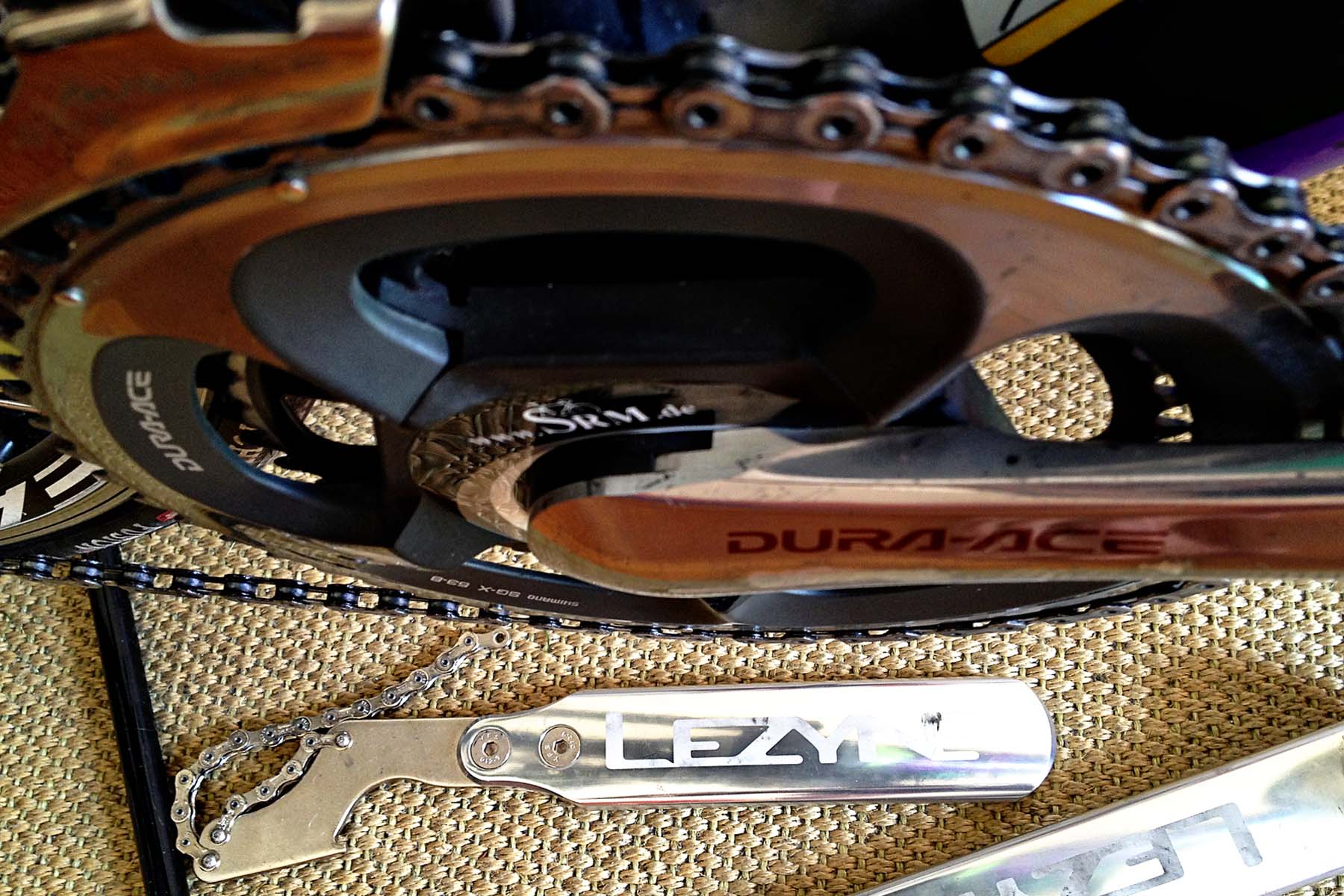
2. CLEAN EVERYTHING.
The greatest efficiency losses on a bicycle result from friction. Yes, your dirty bicycle chain and grimy jockey wheels literally suck watts out of the drive train, so less of the power you put into the pedals actually translates to pushing your bicycle forward. You’ve maximized your fitness; might as well maximize your mechanical efficiency!
- Clean everything
- Lube everything
PRO TIP: Clean everything you can, but do not disassemble any parts you do not know how to reassemble.
PRO TIP: Use a quality degreaser to clean most things (e.g. frame, bar tape, chain, jockey wheels, cassette, chainrings), and use rubbing alcohol for carbon contact points (e.g. seatpost against carbon frame, carbon steerer against stem clamp). Do not lube carbon contact points.
PRO TIP: Clean tires are less likely to flat than tires with evil bits of glass and metal hiding in the rubber. Use a safety pin to gently coax these bits out of their hiding places if needed. Before race start (especially before a time trial event), wipe both tires down with a clean towel to remove debris that might work its way into the tire.
PRO TIP: Hit the (cleaned) derailleur cables with a shot of WD-40 where they slide through the plastic guide under the bottom bracket for cleaner shifting.
3. CHECK EVERYTHING.
- Condition of the chain: Worn? Get a new one.
- Condition of the tires: They should not be squared off or have any bulges, nor should any threads or casing show. While a cut or two in the rubber might fly for training rides, you may not want the additional risk of flatting during your race.
- Condition of your brake pads: If they’re too worn, replace them. Also be sure they’re the appropriate type for the wheels you’ll be using (i.e. get brake pads made specifically for carbon if you plan to race on carbon rims).
- Condition of your cleats: If you install new cleats, allow time for a few rides before your race to get a feel for the different pressure needed to clip in and out (more difficult with new cleats) and to be sure they’re positioned properly. While you’re at it, clean your shoes (Simple Green or rubbing alcohol work nicely) and check all other fasteners, buckles, and rubber heal pieces.
PRO TIP: Don’t have a tool to test chain stretch? Measure 12 links from rivet to rivet; they should measure 12 inches exactly if the chain is unworn. If the twelve links measure 1/16 inch or more beyond 12 inches, replace the chain.
PRO TIP: If you mount new tires, be sure to ride them outside at least once before racing.
PRO TIP: Gently abrade the contact surface of the brake pads with sandpaper, then wipe them with a clean rag for a better braking surface.
4. MEASURE EVERYTHING.
Especially if you had to disassemble your bike to pack it during travel (but even if you didn’t), double-check at a minimum:
- saddle height
- saddle set-back
- reach
- drop
- cleat position
PRO TIP: Keep a crib sheet of all relevant fit measurements and commit the first four items on this list to memory.
PRO TIP: Make a habit of doing this from time to time even during training; a slipped seatpost, saddle, or cleat can cause serious injury.
PRO TIP: Saddle set-back can be tricky to measure. When you have some time at home, get out the plumb bob and level to check the set-back. Once the saddle is exactly where you want it, measure from the tip of the saddle to a mark on the top tube. Use that as your reference point for measuring set back in the future when you don’t have the level and plumb bob (i.e. at a race).
5. ADJUST EVERYTHING.
- Brakes: Your race wheel rims might be wider or narrower than your training wheels. Be sure the brake shoes hit the rim in the correct place and the brake pads are neither too close (i.e. avoid rubbing brakes) nor too far (i.e. be sure they actually slow you down) from the rim.
- Shifting: Use the barrel adjuster to dial in your shifting for the race wheel and cassette. If that doesn’t do the trick, you may need to adjust the limit screws as well.
- Magnet or speed sensor: Align the magnet on your race wheel to read properly for your computer. If you don’t have a magnet on your race wheel, transfer the magnet from your training wheel to your race wheel and get everything to read properly before you get to the race.
- Tire pressure: Pump your tires to the desired pressure the day of the race. All tires lose air over time, so pumping your tires the night before may not ensure you have the exact desired air pressure during the race.
PRO TIP: Too little tire pressure increases rolling resistance due to friction. If you’re racing on the road (not track) too MUCH tire pressure also increases rolling resistance (due to vibration) and can reduce traction, so don’t get carried away thinking more pressure is better!
PRO TIP: Adjust tire pressure to suit the weather and road conditions. In general, desired tire pressure will drop 10-15 psi for rainy conditions or very rough riding surfaces.
PRO TIP: Properly install and keep one magnet on each set of wheels you own – one less thing to remember and do before the race!
6. TIGHTEN EVERYTHING.
I highly recommend making a habit of this whether or not you build your bike prior to the race, as bolts can loosen over time. Check and, if necessary, tighten:
- every single bolt on your bike and cleats
- cranks
- cassette
- pedals
- headset (check for any play – tighten only if loose)
- skewers
PRO TIP: Position your front skewer with the quick-release lever on the non-drive train side of the bike, angled slightly up from horizontal, pointing to the rear of the bike. Position your rear skewer also on the non-drive side of the frame, with the lever angled slightly above horizontal pointing to the front end of the bike. If you need a wheel change during the race, the mechanic will expect to find the quick-release levers in these positions, making it easy for him or her to open in the quick-release in one motion and get you a new wheel in less time.
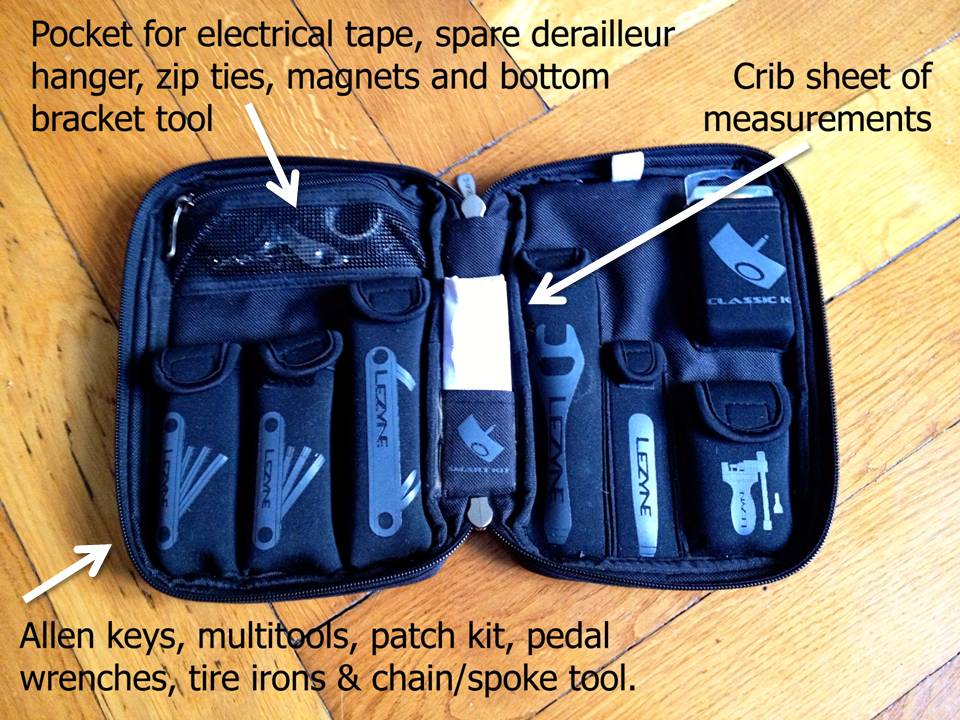
PRO TIP: Most of us travel to race, even if the journey only takes us across town. Rather than carry around a full, bulky tool kit in a cumbersome case, I keep the Lezyne Port-A-Shop as a permanent component of my race gear. This handy, sturdy zip case contains all the tools I need to complete my equipment checklist and fits as easily in my race bag as a book. I highly recommend the Lezyne Port-A-Shop, or at least putting together a compact travel-kit of tools yourself, which you can keep with all of your race gear.
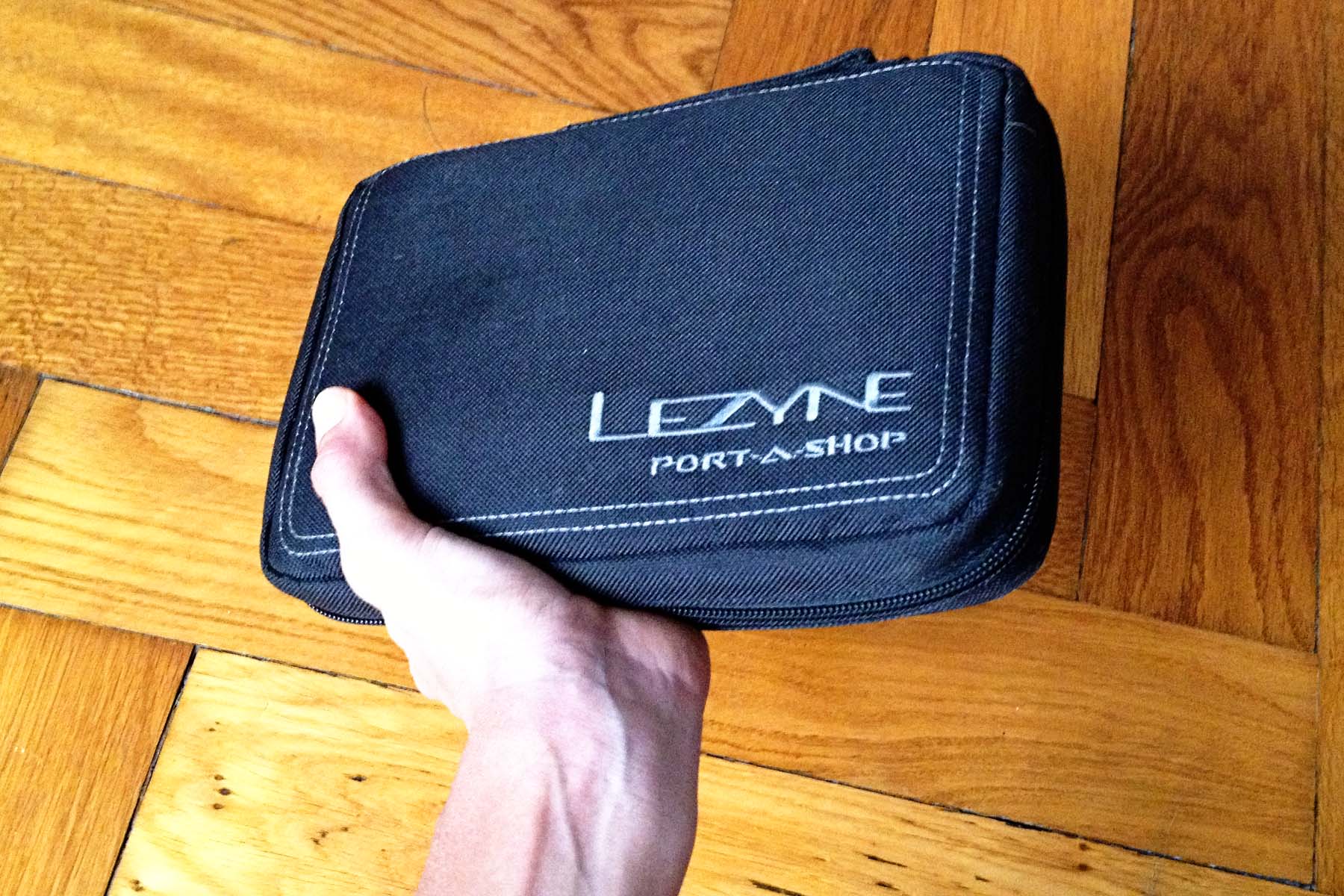
What’s on your pre-race checklist? Share your comments below!
